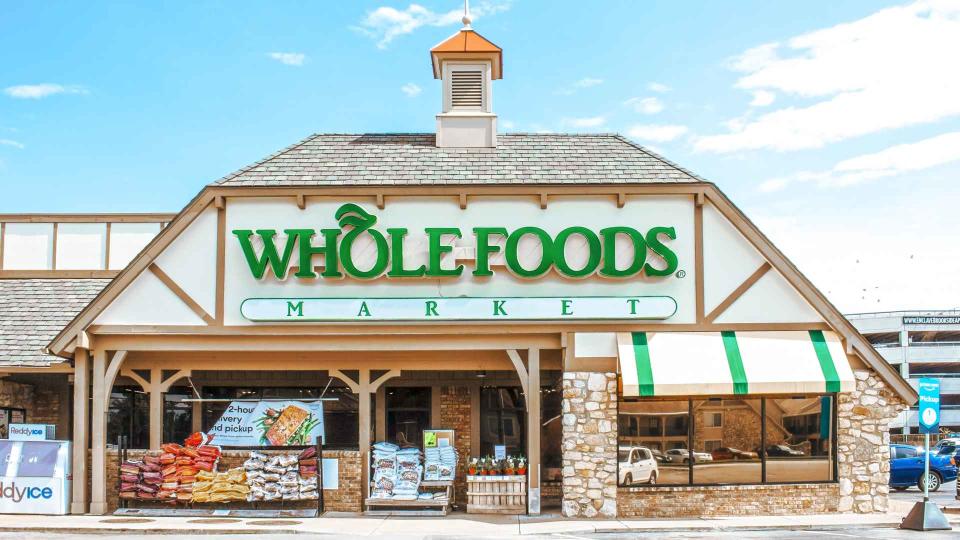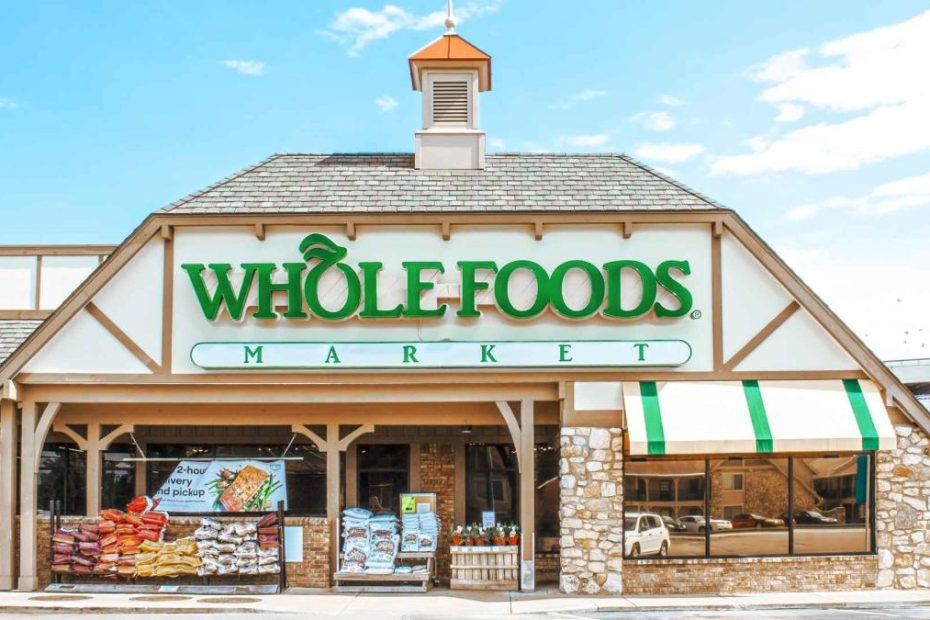
The middle class in America is one of the groups struggling with the effects of inflation and rising prices. In case you’re wondering, based on Census data, you’re considered middle class with a median household income between about $50,000 and $150,000.
Watch: Don't Waste Your Money on These 5 Unreliable Appliance Brands
Read more: 6 Unusual Ways to Make Extra Money (That Are(actually work)
As for food prices, they are outpacing overall inflation. According to the U.S. Department of Agriculture, food prices rose about 25% overall from 2019 through 2023.
As prices continue to rise, members of the middle class are wondering how much longer they can afford to shop at their favorite stores. Here’s a look at five stores the middle class might not be able to shop at in less than a decade.
Whole Food Market
Let’s face it, Whole Foods isn’t the grocery store you go to to save money. This is a high-end grocery store with products packed with higher quality ingredients.
While most supermarkets and chain stores are raising prices, Whole Foods is raising its already high prices. That means that in addition to paying higher prices for specialty items that you might not find at other stores, you’re also paying more for basic items that you can easily find at your competitors.
Apple
Phones and laptops play an important role in the lives of many Americans. But when you look at the latest prices of Apple products, you might think twice about buying that latest phone.
You can easily spend over $1,000 on the latest iPhone. When it comes to something like the MacBook Pro, those prices can be over $3,000.
There’s no doubt that Apple is one of the most respected brands in the world. It’s even dipped products in gold to appeal to more luxury-minded buyers. “What it means is that Apple is a premium brand masquerading as a luxury brand,” according to Retail Dive.
Samsung
The middle class may not find much relief in the coming years by turning to Samsung. Currently, Samsung phones can cost you about the same as Apple's.
The rising costs of components and technologies continue to be passed on to consumers. As prices outpace wages, more middle-class buyers may have to look beyond Apple and Samsung to find a quality phone or laptop.
Saks Fifth Avenue
As clothing prices continue to rise, high-end retailers are becoming increasingly hard to afford for mid-range shoppers. That’s especially true as budget-friendly stores offer deeper discounts and rewards programs to lure struggling shoppers.
For example, Saks Fifth Avenue currently has prices that are unaffordable for many American households. If prices continue to rise steadily over the next few years and outpace wages, it could be difficult for this retailer to attract middle-class consumers.
Bloomingdales
This is another luxury retailer that will struggle to attract budget-conscious buyers in the next decade.
Even now, people are cutting back on quality spending. According to PYMNTS, “Two-thirds of middle-income consumers said they cut back on non-essentials last year because of retail price increases, and 41% cut back on the quality of their purchases.”
Learn more: I'm a Shopping Expert: 6 Things Retirees Should Never Put in Their Shopping Carts
More from GOBankingRates
This article originally appeared on GOBankingRates.com: 5 Stores the Middle Class Will Not Be Able to Shop At in Less Than a Decade

